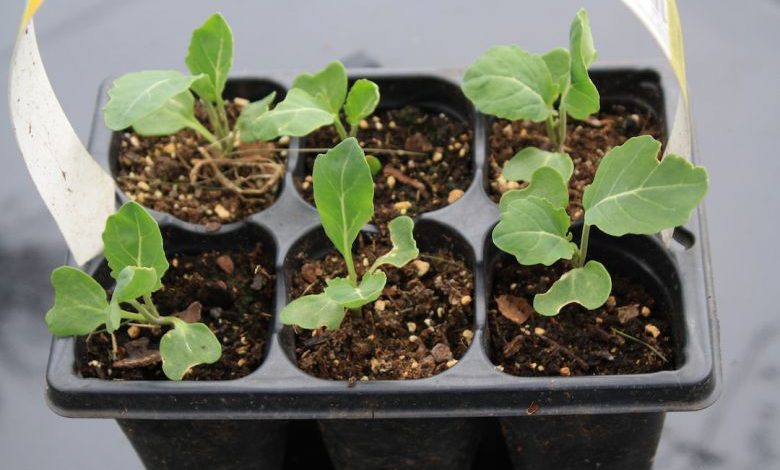How Do I Build a Diy Vegetable Garden?

Are you looking to grow your own vegetables but don’t know where to start? Building a DIY vegetable garden is a great way to save money, enjoy fresh produce, and connect with nature. Whether you have a large backyard or a small balcony, with a little planning and some basic materials, you can create your own thriving vegetable garden. In this article, we will guide you through the process of building a DIY vegetable garden, step by step.
Choosing a Location
The first step in building your DIY vegetable garden is selecting the right location. Vegetables need at least six hours of direct sunlight each day to thrive, so choose a spot that receives ample sunlight. Additionally, ensure that the area has good drainage to prevent waterlogging. If you’re short on space, consider vertical gardening or container gardening as alternatives.
Preparing the Soil
Once you’ve chosen a location, it’s time to prepare the soil for your vegetable garden. Start by removing any existing vegetation and weeds. Then, loosen the soil using a garden fork or tiller to a depth of about 8 to 12 inches. This will help improve aeration and drainage. Next, mix in organic matter such as compost or well-rotted manure to enrich the soil. Organic matter not only provides essential nutrients but also improves the soil structure.
Choosing the Right Vegetables
Before you start planting, it’s important to choose the right vegetables for your DIY garden. Consider the climate, growing season, and available space. Some popular choices for beginner gardeners include tomatoes, lettuce, peppers, carrots, and beans. Research the specific requirements of each vegetable, such as spacing, watering needs, and sunlight requirements, to ensure successful growth.
Planting Your Vegetables
Now that you have prepared the soil and selected your vegetables, it’s time to start planting. Begin by creating rows or raised beds, leaving enough space between each row for easy access and maintenance. If you’re using containers, make sure they have drainage holes to prevent waterlogging. Follow the planting instructions for each vegetable, ensuring proper spacing and depth. Water the seedlings gently after planting to help them settle in.
Providing Adequate Watering
Watering is a crucial aspect of maintaining a healthy vegetable garden. Most vegetables require about one inch of water per week, either from rainfall or irrigation. To prevent overwatering, water deeply but infrequently, allowing the soil to dry out slightly between waterings. Consider using a soaker hose or drip irrigation system to deliver water directly to the plants’ roots and minimize water waste.
Implementing Mulching Techniques
Mulching is a beneficial practice that helps conserve moisture, suppress weeds, and regulate soil temperature. Apply a layer of organic mulch, such as straw, wood chips, or leaves, around your vegetable plants. Mulch also adds organic matter to the soil as it breaks down over time. Be sure to leave a small gap around the base of the plants to prevent moisture-related issues.
Regular Maintenance and Pest Control
To ensure a successful vegetable garden, regular maintenance is key. Monitor your plants for signs of pests or diseases and take appropriate action if necessary. Use organic pest control methods such as handpicking pests, introducing beneficial insects, or using homemade organic sprays. Regularly weed your garden to prevent competition for nutrients and space. Additionally, provide support for climbing plants like tomatoes or beans to prevent them from sprawling on the ground.
Harvesting and Enjoying Your Vegetables
Finally, the most rewarding part of building a DIY vegetable garden is harvesting and enjoying your homegrown produce. Harvest vegetables when they reach the appropriate size and ripeness. This not only ensures the best flavor but also encourages continuous production. Remember to wash your vegetables thoroughly before consuming to remove any dirt or residue.
In conclusion, building a DIY vegetable garden is a gratifying and sustainable endeavor. By selecting the right location, preparing the soil, choosing the appropriate vegetables, and providing adequate care, you can create your own thriving garden. Remember to water regularly, implement mulching techniques, and address any pest or disease issues promptly. With patience and dedication, you’ll soon be enjoying the bountiful harvest of your DIY vegetable garden. Happy gardening!




